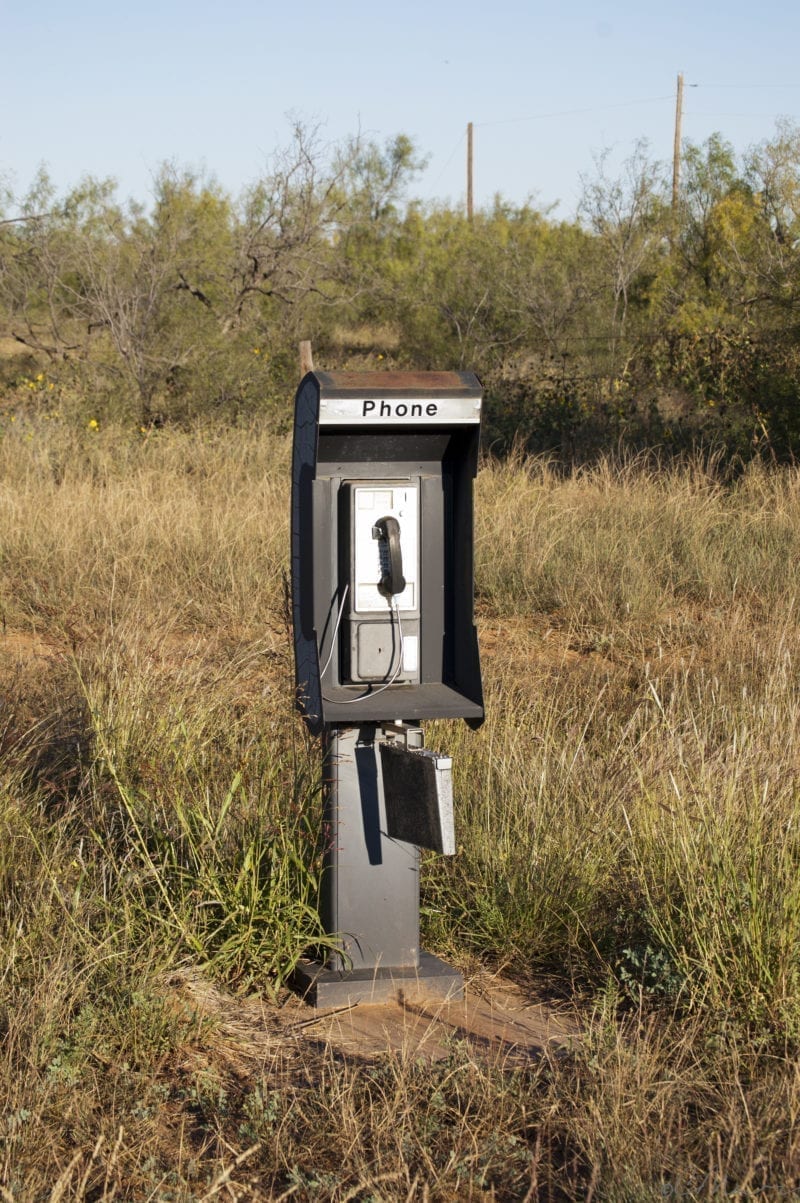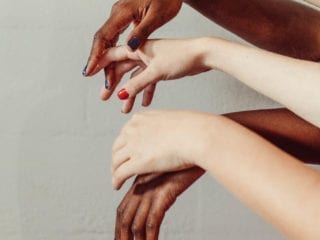Like many others in the anti-trafficking movement, I’m fired up after months of being bombarded with misinformation spread by QAnon about human trafficking. As the Director of Victim Services at The Human Trafficking Institute, I work with our team of criminal justice professionals to create victim-centered, trauma-informed approaches to meet the needs of survivors at all stages of their journeys. As a victim advocate, I’m always encouraged when I see that people want to know and do more about trafficking.
QAnon’s campaign of misinformation is designed to instill fear and divide the American public—not educate and empower people about trafficking. They’ve taken an historically nonpartisan issue and reframed it to pit people against one another, misleading the public about what trafficking is and isn’t.
Let’s debunk a few of the most common falsehoods about human trafficking:
Myth: Victims are trafficked by strangers and people in public positions of power.
One of the biggest myths is that trafficking happens the way you see it in movies like “Taken” or that politicians and corporations are involved or profiting from a vast criminal enterprise. When it comes to child trafficking, kids aren’t abducted by powerful people and sold at auction to the highest bidder.
It is a sad truth that child trafficking victims are trafficked by someone they know, usually by someone they love and trust. It could be a parent, family friend, other trusted person, boyfriend or someone with whom they develop a relationship online.
Most child trafficking victims are trafficked by someone they know, usually by someone they love and trust.
Myth: Trafficking happens in distant or mysterious networks.
It’s a fallacy that the biggest vulnerability is a shadowy network looking to snatch a child from the street or their bedroom while they sleep. Those experiences are extreme outliers, and QAnon’s campaign of misinformation draws important attention and resources away from those who truly need it. The most vulnerable are the kids who don’t fit in, who don’t have a voice, who aren’t safe at home and who are desperate for connection and longing to be seen.
These are the young people who have been let down and left behind. They are disproportionately young people of color and kids who have had prior involvement with child protective services or the juvenile justice system. They live in all of our communities, not just Washington, D.C. or Hollywood.
Young victims are typically extensively groomed before they’re sexually exploited. Grooming is a deliberate process of breaking down resistance, identifying individual vulnerabilities and tearing down strengths that might make someone resistant to manipulation. It can involve flattery, buying gifts, purchasing alcohol or drugs, building a close personal relationship and gradually isolating the intended victim from other friends and family members. In some situations, traffickers also groom a victim’s parents in order to gain greater trust and access to the victim.
Myth: Victims aren’t really trafficked unless they are in physical bondage or severely beaten.
There’s a misconception that if someone isn’t physically restrained or subjected to extreme physical abuse that they’re not a trafficking victim. Most human trafficking cases involve use of psychological coercion and emotional manipulation—tools that sometimes prove to be far more powerful, lasting forms of control than bondage and beatings.
Traumatic bonding, commonly known by the term “Stockholm Syndrome” plays a major role in diminishing the free will and agency of trafficking victims. Traffickers manipulate their victims to create a web of emotional attachment, dependency, fear and shame. They employ a cycle of abuse that involves highs and lows. They might be threatening one day and nurturing the next. Similar to survivors of domestic violence who experience a cycle of abuse—periods of fear or violence followed by periods of calm and reconciliation—victims don’t know whether to feel terror or love and, sometimes, they feel both at the same time.
Traffickers manipulate their victims to create a web of emotional attachment, dependency, fear and shame.
For victims of trafficking—many of whom are survivors of other forms of abuse and trauma before they were trafficked—it’s really difficult to separate abuse from love and loyalty. They often internalize their feelings of anger, hurt and betrayal and are often dependent upon their trafficker for a range of things. It could be money, housing, substances or love and approval.
When you couple this with the trafficker’s consistent messaging that “This is your fault,” “I’m the only one who could ever love you” and “You’re flawed and worthless,” it results in strong attachments that are incredibly difficult to break. Someone who might appear to have freedom of movement does not actually feel free to leave their trafficking situation.
Myth: Most trafficking is sex trafficking.
Globally, we know that there are more situations of labor trafficking than sex trafficking, but the public is far more aware of sex trafficking. In labor trafficking, traffickers use force, fraud or coercion to get victims to perform work or services. It is common for traffickers to use threats, lies, violence and withholding of legal documents to force victims to work against their will. Many people think that labor trafficking is something that only happens in the developing world, when in fact it takes place in a wide range of industries right here in the United States.
For example, there have been labor trafficking cases in settings such as restaurants, farms, nail salons, nursing homes, construction sites, factories, bars, strip clubs and individual homes for childcare and domestic work. Trafficking can happen anywhere there is a demand for cheap labor and a supply of vulnerable, marginalized potential victims.
Trafficking can happen anywhere there is a demand for cheap labor and a supply of vulnerable, marginalized potential victims.
Immigrants—many of whom have fled violence in their home countries and have come here seeking a better life for their families—are disproportionately victimized in labor trafficking situations. They often don’t speak English, are cut off from family and networks of support and are unaware that they have rights in the United States.
Myth: Trafficking only affects women and girls.
Trafficking is not something that only happens to women and girls. Men and boys, LGBTQ+ youth and people of all ages can be exploited for labor or sex. The Human Trafficking Hotline, operated by Polaris, had contact with 22,326 potential victims and survivors of trafficking in 2019. Of those, more than 3,000 were male or gender minorities.
The most frequently cited statistics of global sex trafficking indicate that men and boys represent nearly half of all trafficking victims worldwide, but there are often significant barriers to identifying and serving male victims such as cultural biases and the tendency to perceive men and boys as being less vulnerable. Gay and transgender youth who face rejection and family conflict frequently run away from home, and all homeless youth are vulnerable to human trafficking.
In conclusion, the next time you see a #saveourchildren hashtag, remember that QAnon’s conspiracy theories detract from the real work of helping those who are vulnerable to exploitation and disrupt decades of coalition building. QAnon’s false narratives about sex trafficking are a dangerous distraction and do nothing to help those who are exploited.
QAnon’s false narratives about sex trafficking are a dangerous distraction and do nothing to help those who are exploited.
You can help by continuing to educate yourself, only reposting trafficking related content on social media when it comes from a reliable source and supporting trusted organizations that do great work to support and lift up survivors. If you want to directly help trafficking survivors who need financial assistance during the COVID-19 pandemic, consider donating to the Freedom Network’s Survivor Relief Fund.
To learn more about Marie’s work with The Human Trafficking Institute, check out their feature on Darling’s Nonprofit Spotlight. Also, visit here to support their efforts to empower criminal justice systems to stop traffickers.
Have you believed or been told one of the common misconceptions about human trafficking? What practical steps can you take to educate yourself and support survivors?
Image via Colleen Young










